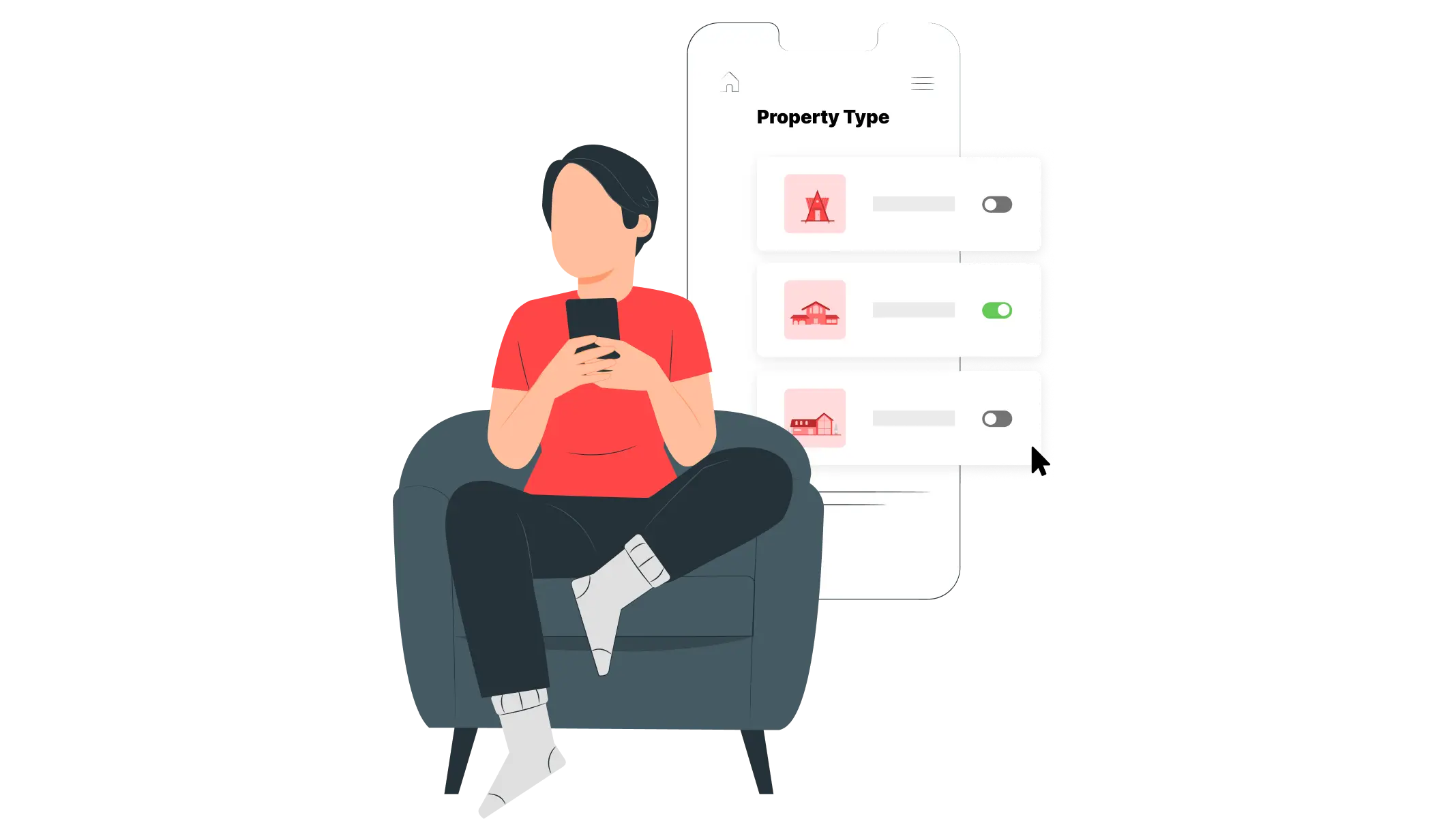Updated : May 22, 2025
The New York City short-term rental (STR) landscape has seen a seismic shift since the introduction and enforcement of Local Law 18. As one of the world’s most dynamic STR markets, the city has long balanced between entrepreneurial hosts, global travelers, and regulatory scrutiny. But in 2023, the scales tipped.
In this article, we examine the data, understand the short-term rental regulations’ real-world impacts, and explore what the future holds for the NYC short-term rental economy.
Local Law 18: What Changed?
Passed in January 2022 and enforced from September 2023, Local Law 18 was as per New York City Short-Term Rental Regulations.
The law introduced:
- Registration requirements: Hosts must register with the NYC Office of Special Enforcement (OSE).
- Platform accountability: Platforms like Airbnb and Vrbo can only process bookings for registered properties.
- 30-day rule: Rentals of fewer than 30 days are only permitted if the host is present and no more than two guests are staying.
The goal? Curb illegal hotel-like operations and regulate the rapidly growing STR market.
The Numbers: Before and After New York City Short-Term Rental Regulations
By comparing October 2022–September 2023 (pre-enforcement) with October 2023–September 2024 (post-enforcement), the impact of New York City Short-Term Rental Regulations is clear:
The overall picture? A smaller, pricier, and risk-averse STR market.
Key Trends Reshaping the Market
1. Shrinking Supply, Shrinking Revenue
The number of active listings dropped by 15%, as many hosts either shut down or transitioned their units to long-term rentals. As supply tightened, total market revenue fell by 27%, indicating that the contraction isn’t just about fewer listings — it’s also about reduced traveler demand.

2. Falling Occupancy Rates
Occupancy rate fell by 8% despite the reduction in supply. Uncertainty among travelers about which listings were legal likely contributed to hesitancy. Additionally, with fewer available options, some demand may have shifted to hotels or corporate housing.

3. Booked Nights in Freefall
The number of booked nights plummeted by 31% — a staggering decline. This reflects the dual effect of supply tightening and a cautious traveler mindset.

4. Rising ADR, But Lower RevPAR
While the Average Daily Rate rose by 6% (thanks to reduced supply and inflationary pressures), the Revenue per Available Rental dropped by 9%. Hosts who remained active could charge more, but fewer guests meant that total profitability suffered.

Dynamically Price Your Property and Get FREE Custom Reports Tailored To Your Property!
Use PriceLabs Dynamic Pricing to competitively and dynamically price your property according to demand shifts and analyze past performance to set a strong pricing strategy for your property.
Create your Account NowBehavioral Shifts: How Guests Are Adapting
Longer Stays Are the New Normal
Thanks to the 30-day rule, many travelers are opting for longer stays. In fact, the share of bookings for 29+ day stays surged from 25% to nearly 45-50%. This trend indicates a pivot toward mid-term rentals — favored by remote workers, students, and corporate travelers.
Last-Minute Bookings Surge
The median booking window dropped by 19%. With regulations still fresh and confusing for many, guests are increasingly booking closer to their travel dates or last-minute. International travelers, who typically book months in advance, may now prefer hotels over STRs to avoid complications.
Geo Insights: Where the New York City Short-Term Rental Regulations Hit Hardest
While the raw data spans the entire city, early patterns show that Manhattan, Brooklyn, and parts of Queens bore the brunt of the change. Popular neighborhoods like Lower Manhattan, Williamsburg, and Long Island City saw the steepest listing declines.
Conversely, there are signs that fringe markets (farther into Brooklyn, Queens, and even the Bronx) could emerge as alternative STR hotspots with slightly looser regulatory oversight.
Stay Ahead of Market Changes and Optimize Revenue By Understanding Historical Insights
Use PriceLabs Market Dashboard and Neighborhood Data to track competitor pricing and demand shifts and analyze past performance to set a strong pricing strategy for your property.
Create your Market Dashboard NowWhat It Means for the Future
| Positive Outcomes | Challenges Ahead |
| A more professionalized, stable STR market | Fewer opportunities for small, casual hosts |
| Mid-term rentals offer new growth avenues | Loss of affordable, flexible options for tourists |
| Higher nightly rates for compliant hosts | Decreased tourist choice and increased hotel dependence |
| Clearer regulatory environment | Higher compliance costs and operational complexity |
Strategic Moves for Hosts and Investors
- Embrace mid-term rentals: Target guests who need stays of 30 days or more — remote workers, students, and corporate clients.
- Register early: Ensure compliance with OSE rules to avoid penalties and deactivation.
- Focus on private/shared rooms: Easier to align with the 30-day rule if entire homes are restricted.
- Adjust pricing strategies: Balance higher ADRs against lower occupancy to optimize RevPAR.
- Explore adjacent markets: Places like Jersey City and Hoboken may offer more flexible regulations while remaining close to NYC.
Conclusion: A Market in Transition
Local Law 18 has fundamentally reshaped New York City’s short-term rental landscape. While the days of easy, unregulated STR profits are over, a new, more stable market is emerging — one that prioritizes compliance, longer stays, and professional operations.
For hosts, platforms, and travelers alike, adapting quickly to this new environment isn’t just smart — it’s essential.











